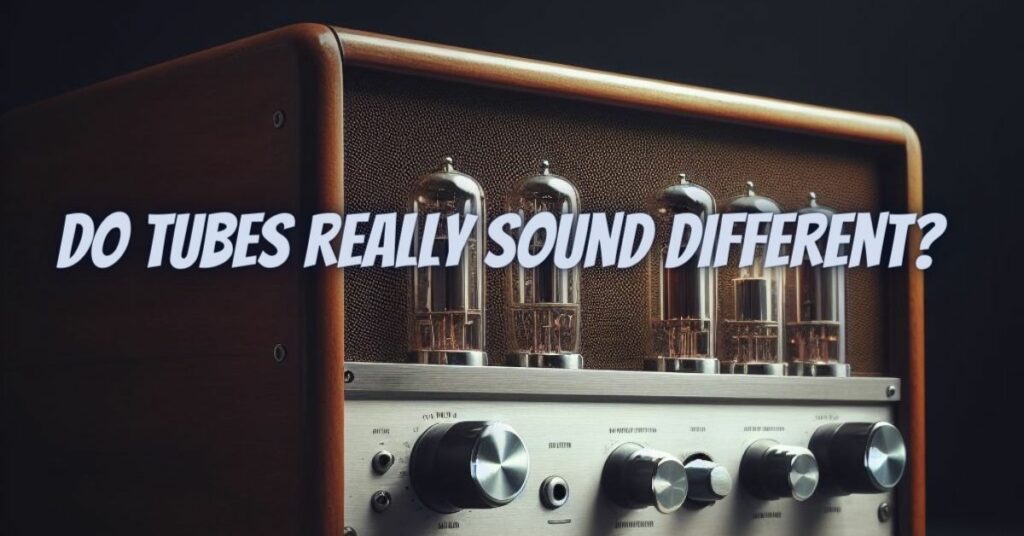The world of audio technology is a vast and intricate landscape, with various components and factors influencing the way we perceive sound. Among these, vacuum tubes, or “tubes,” have long held a position of fascination and intrigue. Audiophiles, musicians, and enthusiasts often debate whether tubes truly impart a unique and distinguishable sonic character. In this article, we’ll explore the question: Do tubes really sound different, and what factors contribute to this perceived distinction?
I. The World of Vacuum Tubes
Before delving into the debate, it’s essential to understand what vacuum tubes are and their role in audio amplification. Vacuum tubes are electronic devices that control the flow of electrons through a vacuum. They consist of essential components, including a cathode, an anode (or plate), and a grid, each playing a crucial role in the amplification process.
II. Tube Amplification and Harmonic Distortion
One of the most significant aspects that contribute to the perceived difference in sound with tube amplifiers is harmonic distortion. Unlike solid-state amplifiers, which aim for clean and linear amplification, tube amplifiers introduce harmonic distortion.
- Harmonic Distortion: Harmonic distortion involves the generation of additional frequencies, or harmonics, that are integer multiples of the fundamental frequency. These harmonics add complexity and color to the sound, enriching the audio experience.
- Even-Order Harmonics: Tube amplifiers primarily introduce even-order harmonic distortion, which is often described as warm, rich, and musically pleasing. These harmonics are added in a predictable and harmonically related manner.
III. Subjective Perception
The perceived difference in sound between tube and solid-state amplifiers is subjective. Many audiophiles and musicians have described tube amplifiers as providing a warm and vintage character to the sound. The emotional connection to music and the listener’s personal preferences play a significant role in shaping their perceptions.
IV. Tube Versatility and Tone Shaping
It’s essential to recognize that not all tube amplifiers sound the same. The type of tube used, the circuit design, and the overall construction of the amplifier contribute to the tonal characteristics. Musicians, in particular, appreciate the versatility of tube amplifiers, as they can be dialed in to produce a wide range of tones, from sparkling cleans to searing overdrive.
V. Listening Environment and Context
The environment in which you listen to music can also affect your perception of sound. Factors such as room acoustics, speaker placement, and listening equipment can all influence the way you perceive the tonal differences introduced by tube amplifiers.
VI. The Debate Continues
While many assert that tubes do indeed sound different and that this difference is audible and desirable, there are also arguments that the distinctions are often subtle or masked by other factors. The debate over tube vs. solid-state sound will continue, as it largely hinges on personal taste and the specific context in which the audio equipment is used.
VII. The Quest for the Perfect Sound
In the world of audio, the pursuit of perfect sound quality is a common goal. However, the definition of perfection is highly subjective and varies from person to person. The most critical aspect of audio is the emotional connection it creates between the listener and the music.
The question of whether tubes really sound different is a multifaceted one, marked by subjective perception, individual preferences, and the complex interplay of audio equipment and listening environments. While tube amplifiers have a dedicated following that values their unique sonic character, the distinctions may not always be immediately apparent to all listeners. Ultimately, the quest for perfect sound is, in essence, a quest for the perfect listening experience—one that resonates with your emotions and personal preferences.


